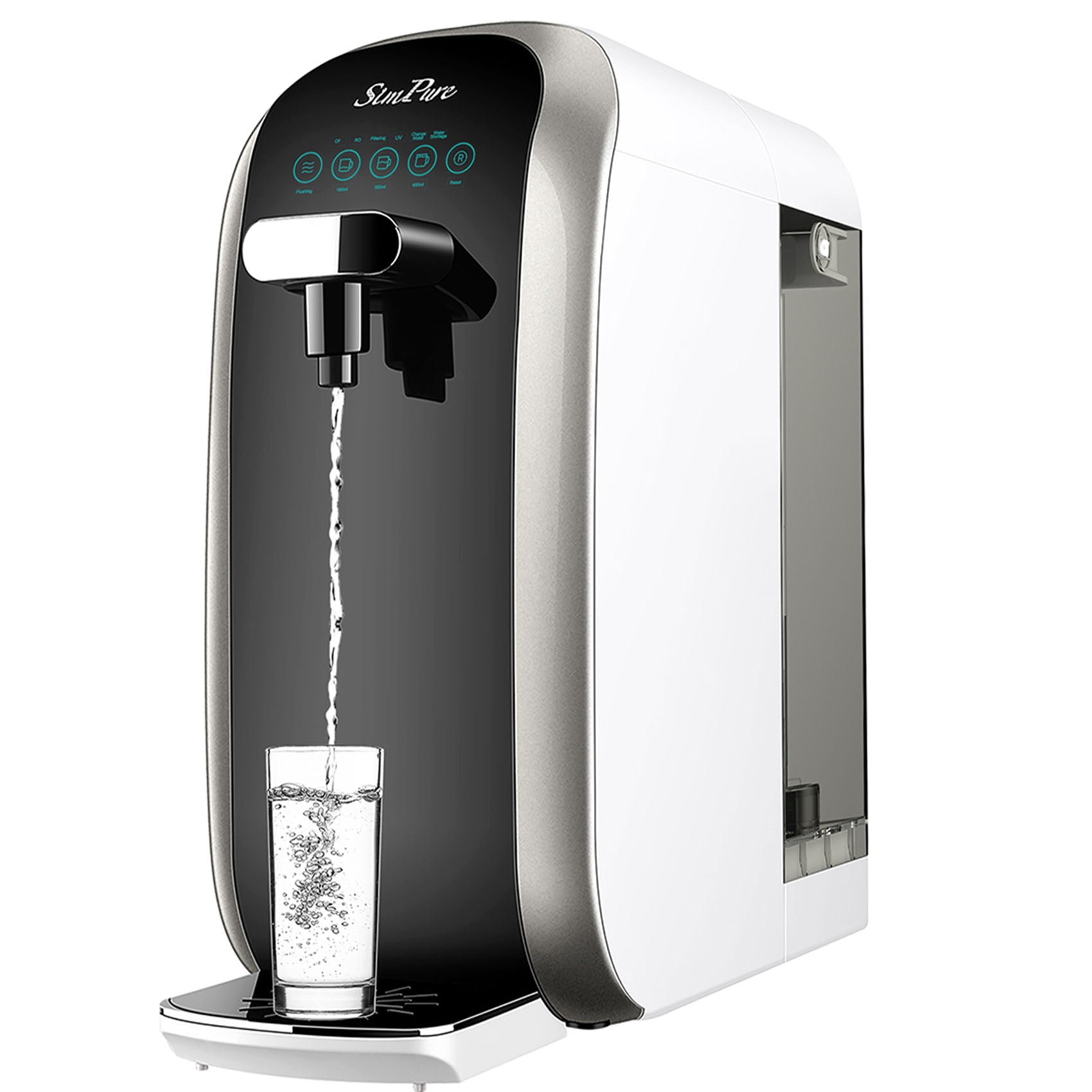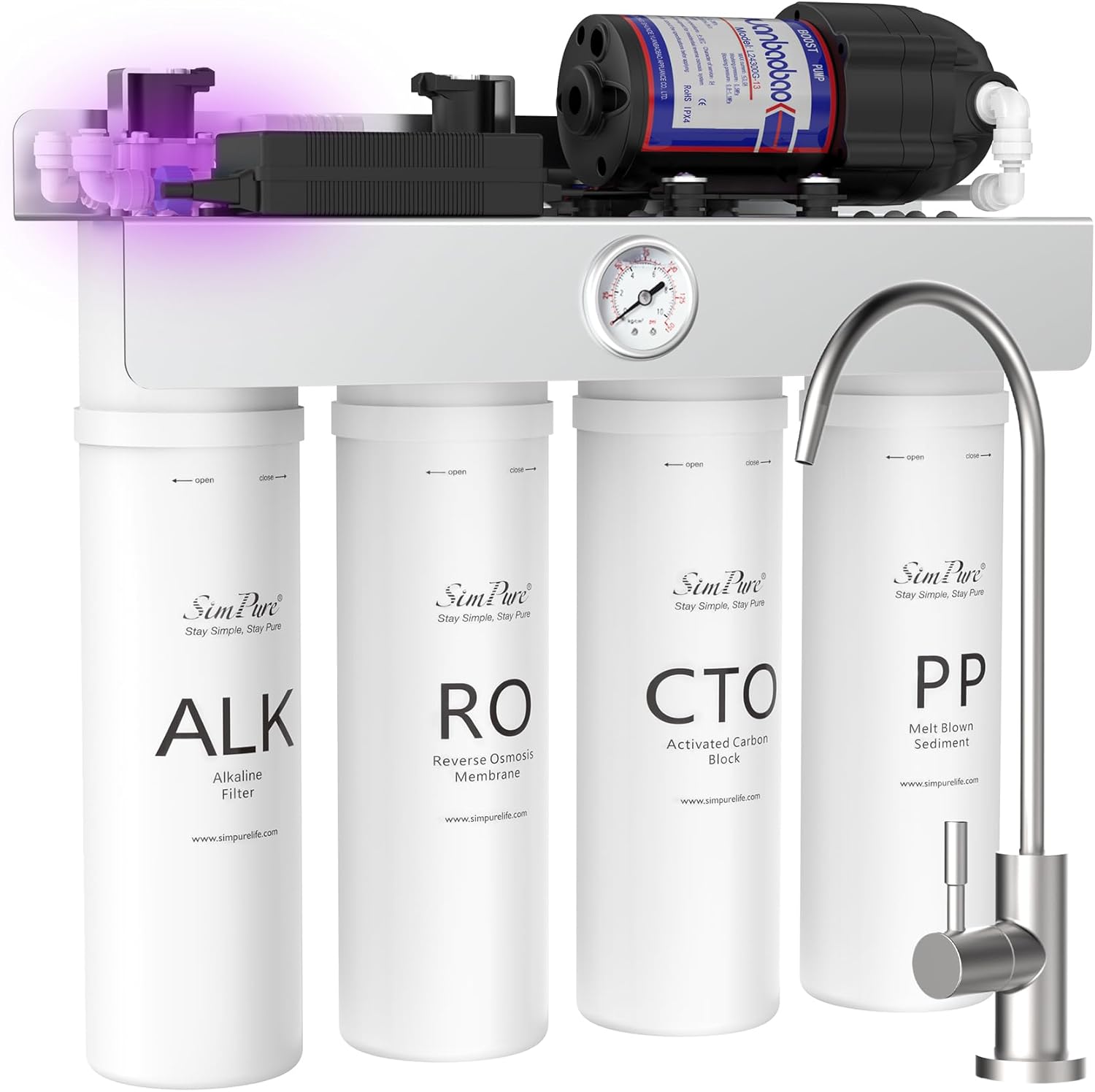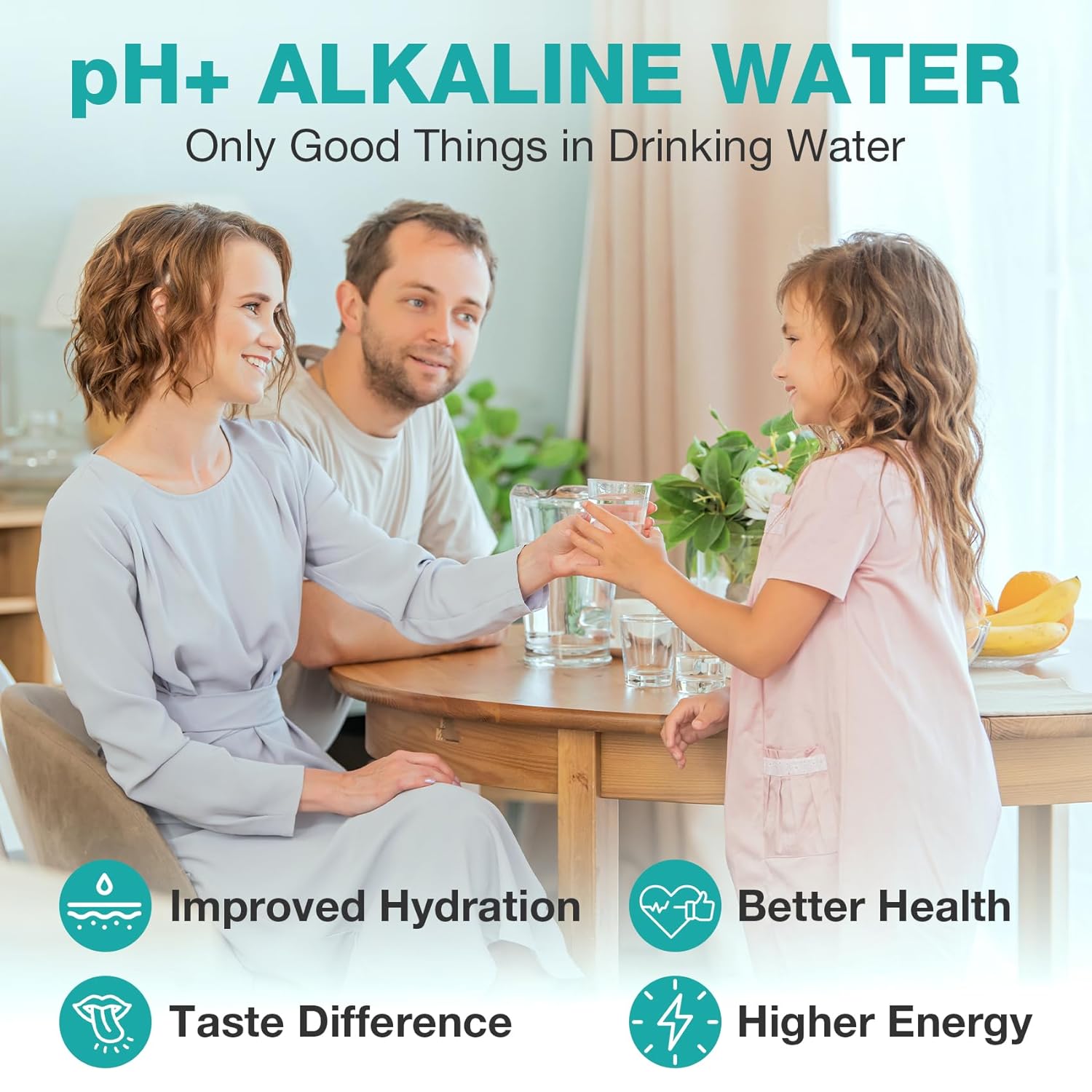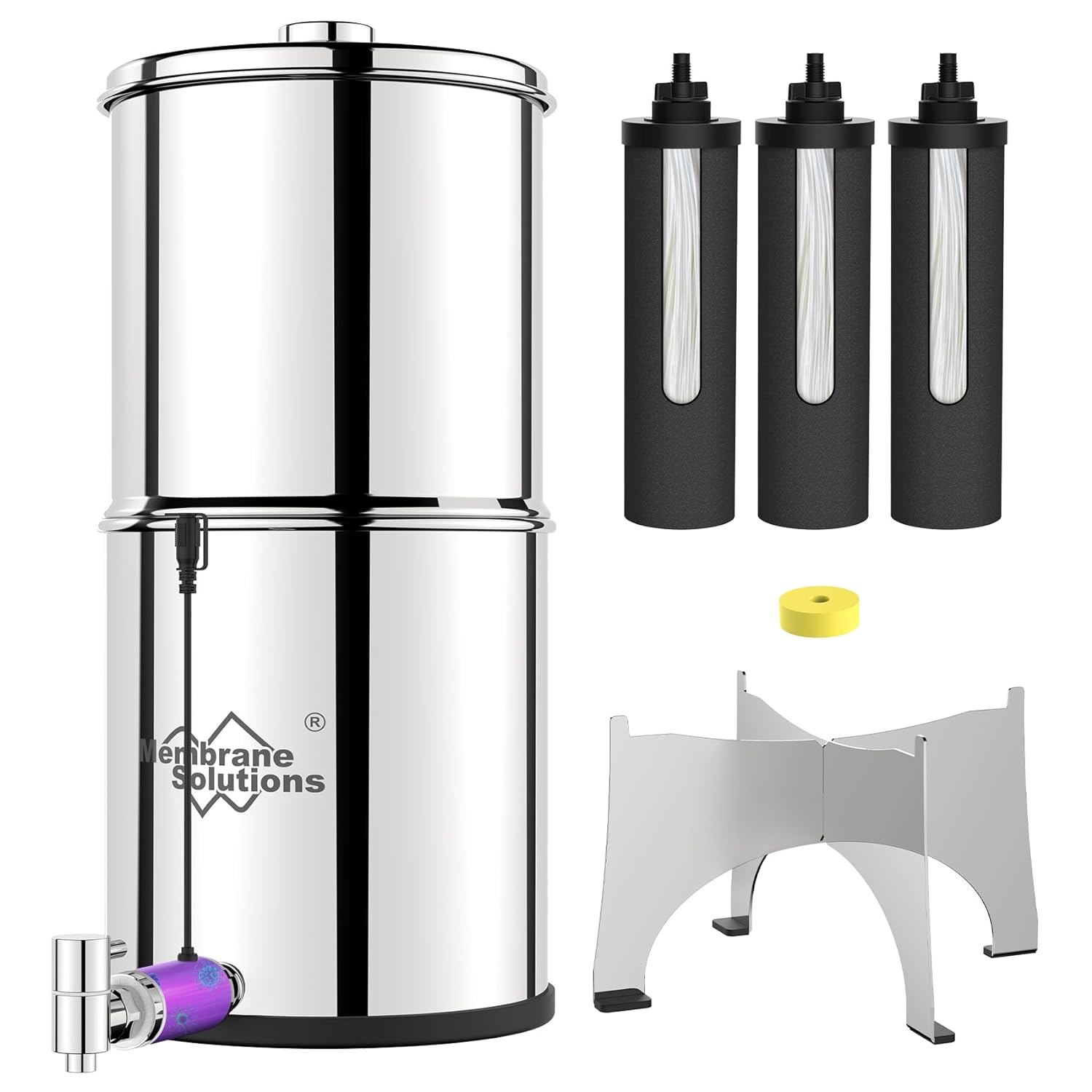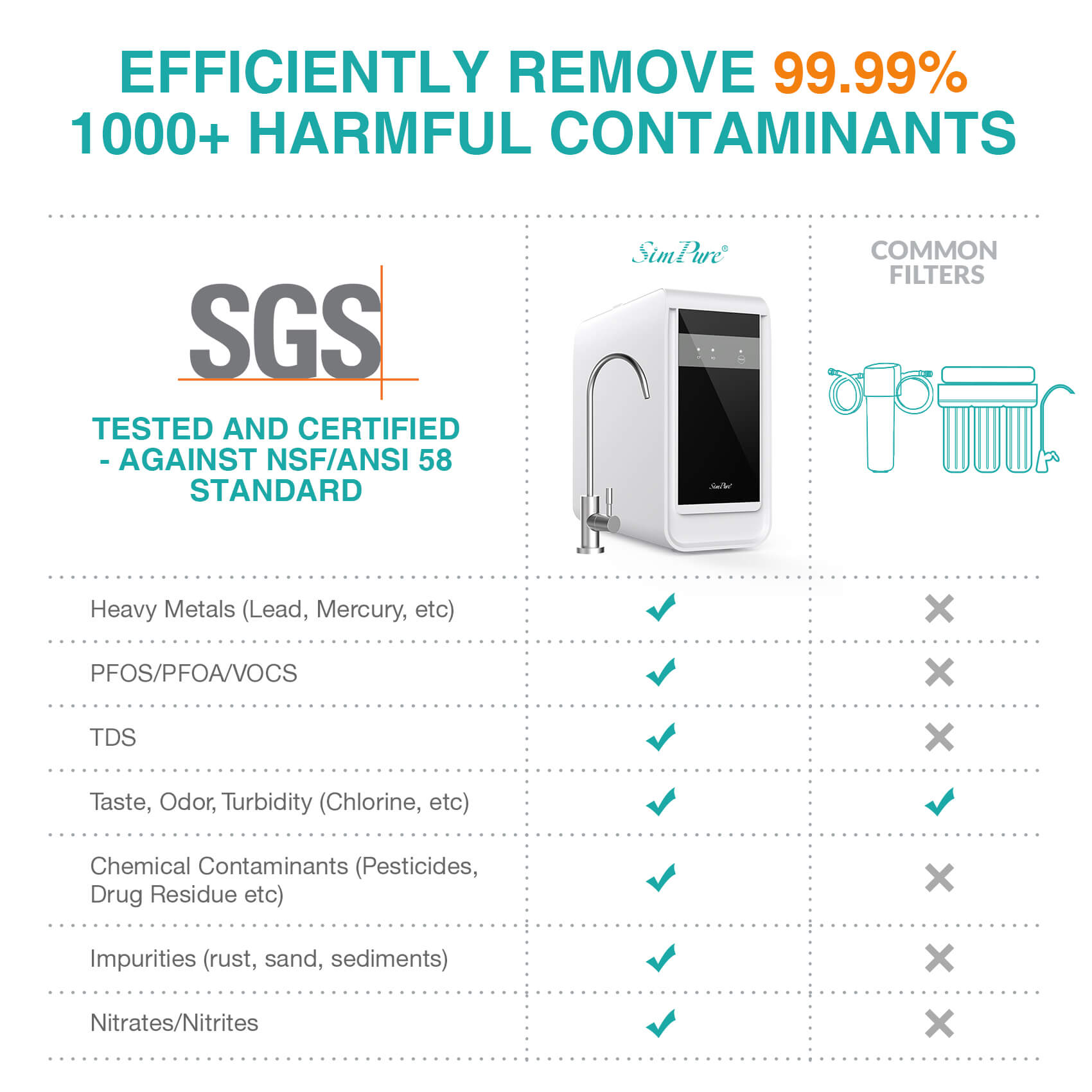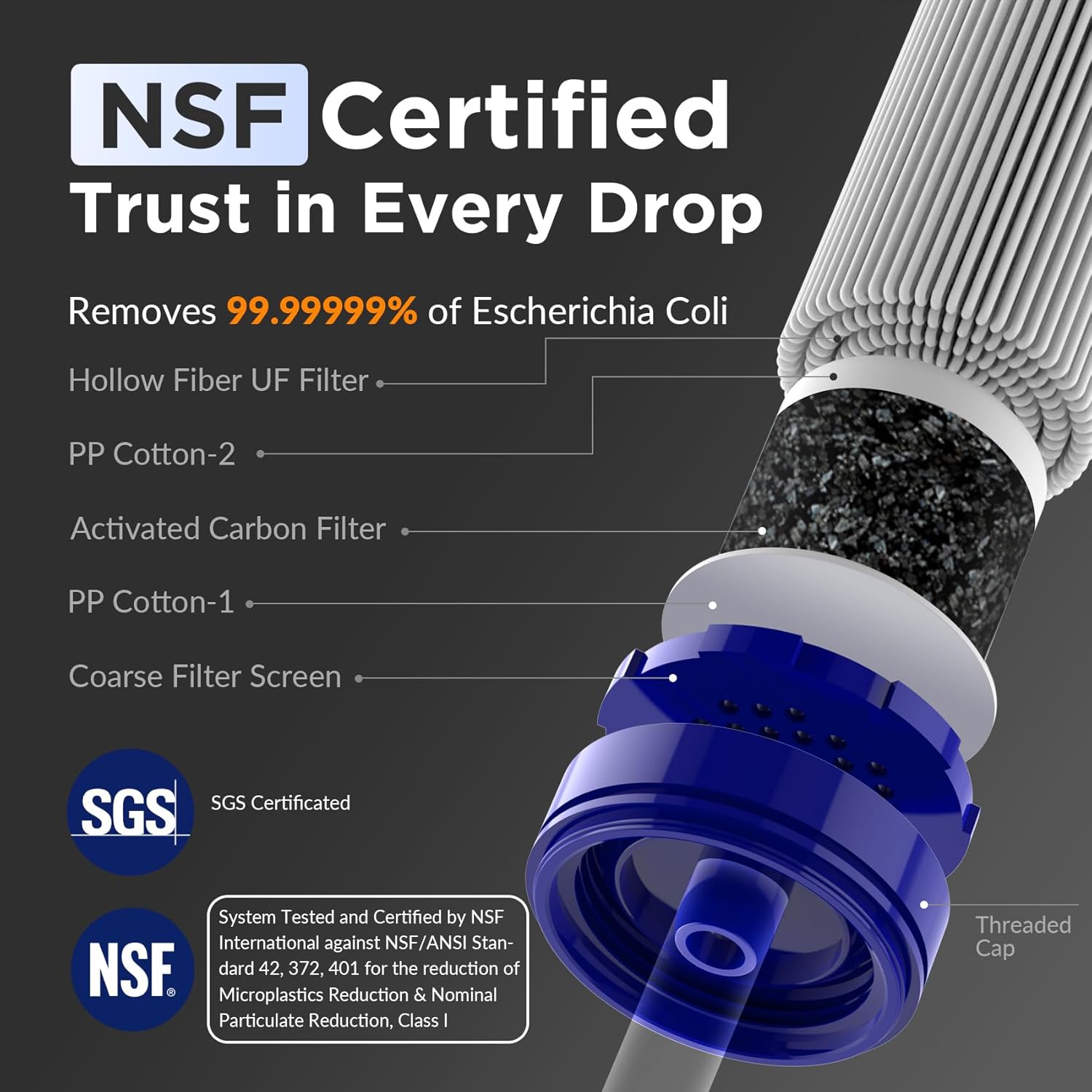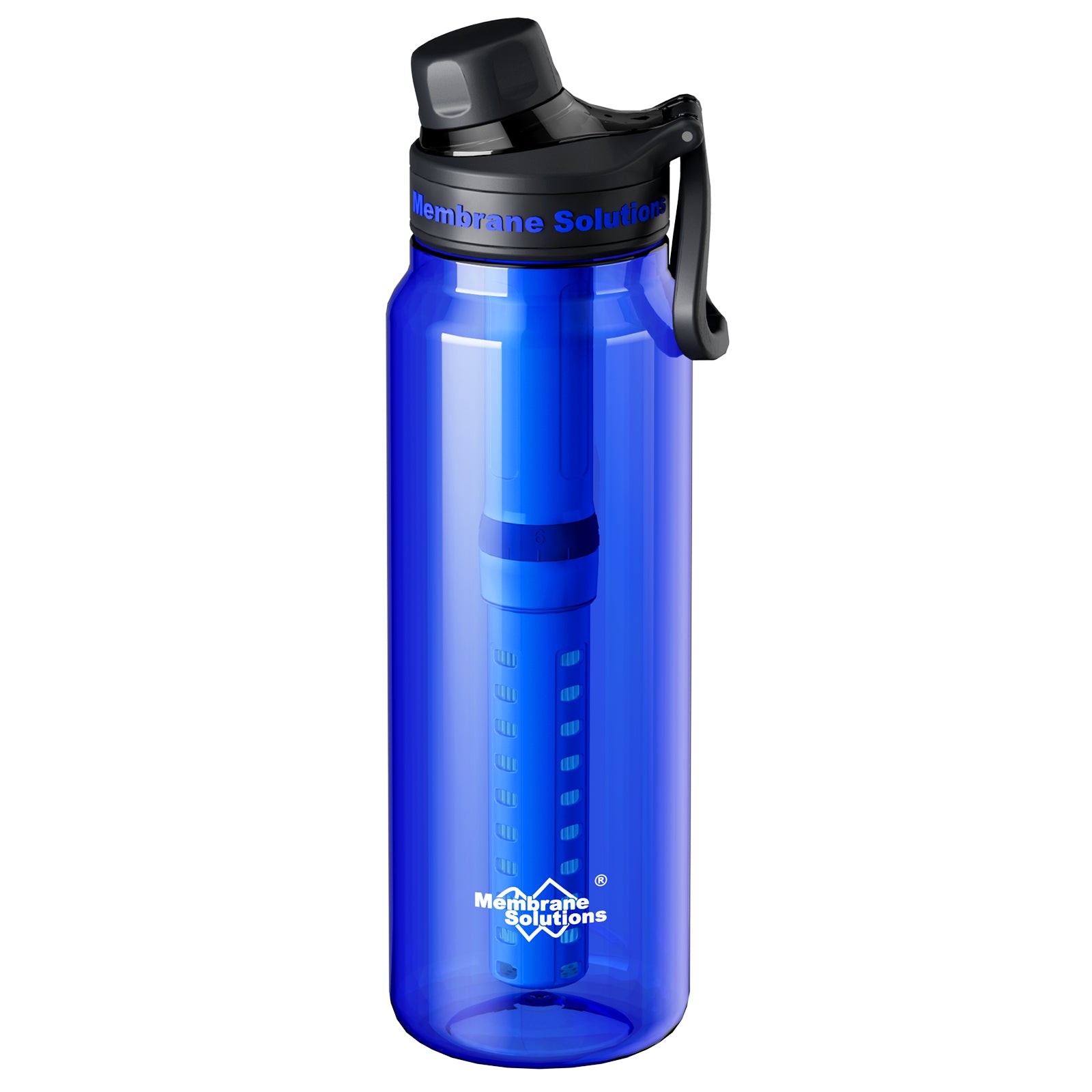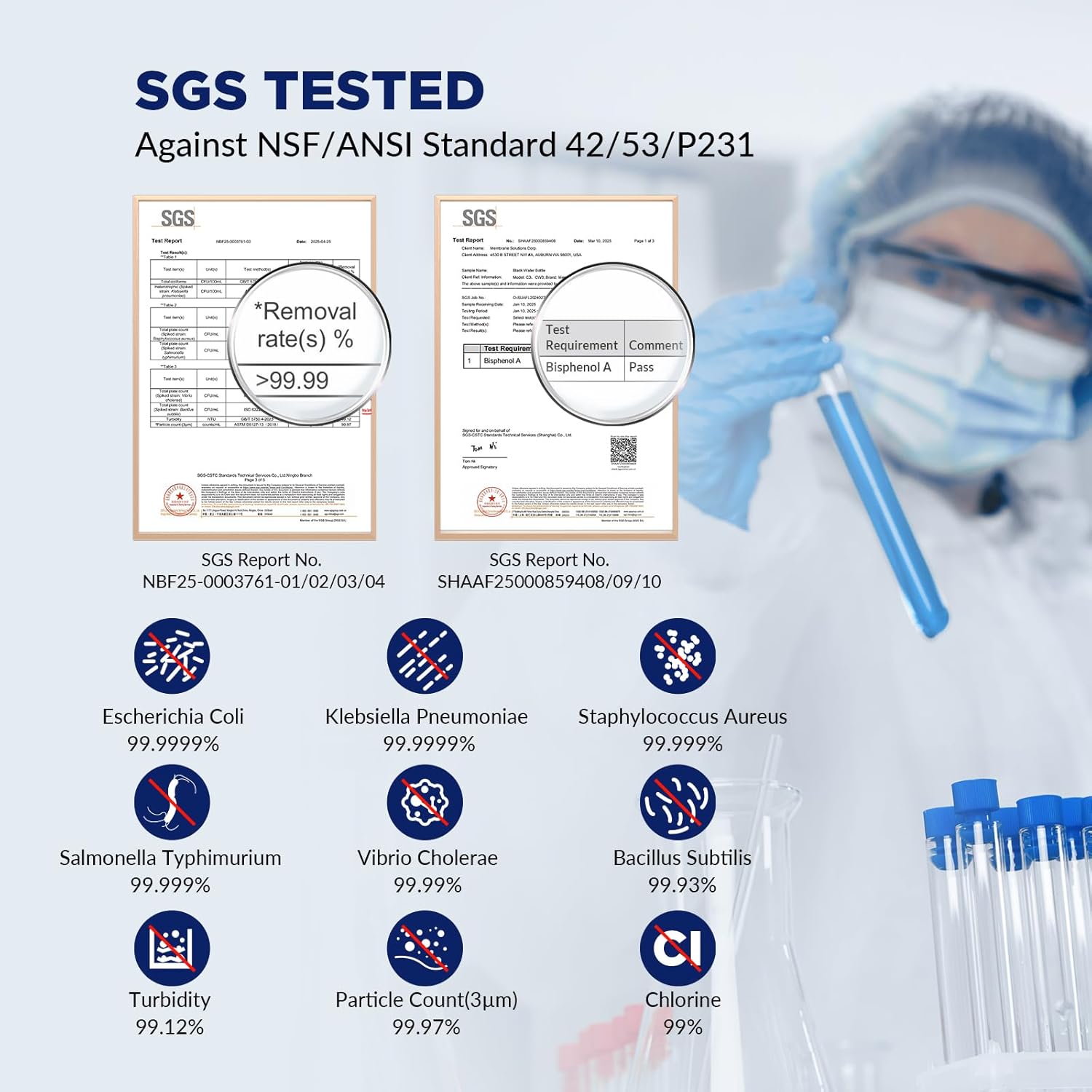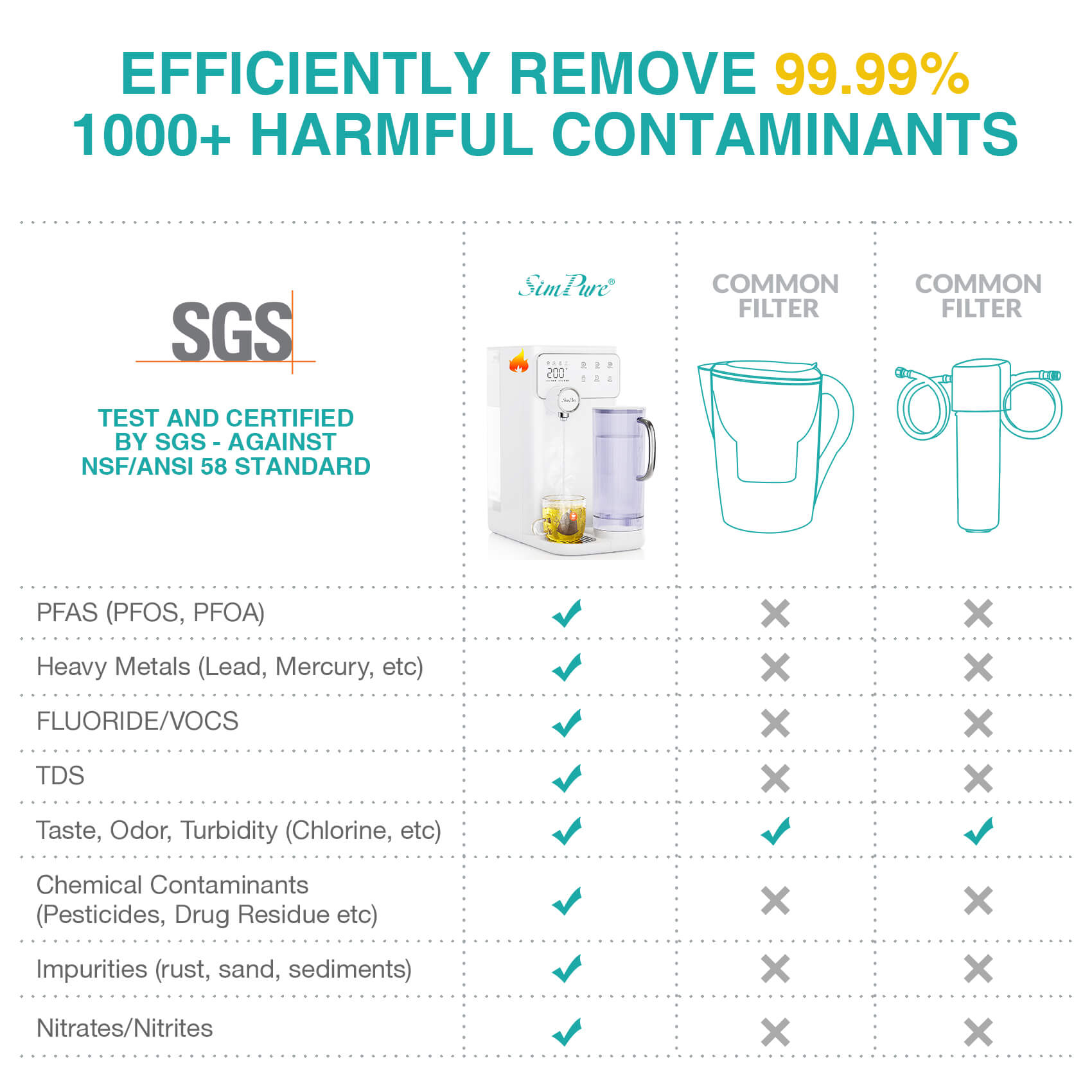As people's requirements for water filtration are getting higher and higher, more and more families will use reverse osmosis ro water purifier, and the core component of reverse osmosis system water purifier is RO membrane. In addition, RO reverse osmosis membrane is also widely used in landfill leachate, electroplating, surface treatment and other industries. Whether it is used in household water filters or in landfill leachate and industrial industries, ro membrane cleaning is relatively common. But a lot of customers don't know how to clean or wash the ro reverse osmosis membrane.Because the membrane is very expensive and easily damaged, its manufacturing process and the membrane itself are very fragile, and different pollutants will cause different degrees of damage to the performance of the membrane element. so we need to clean and flush the ro membrane frequently.In this article, SimPure will tell you how to clean flush ro membrane in detail.

When Do We Need Clean RO Membrane?
The pollutants of ro membrane elements generally include calcium carbonate, calcium sulfate, metal oxides, silicides, inorganic or organic sediments, natural organic matter, synthetics (cationic polyelectrolytes) and microorganisms (algae, molds, fungi), etc.When the membrane element is confirmed to be contaminated, if it is not cleaned as soon as possible, the contamination will continue to damage the ro membrane, which will cause the performance of the ro membrane to decline, or cause serious damage to the membrane, which cannot continue to be used and needs to be replaced.
Especially for reverse osmosis ro membranes used in landfill leachate treatment, it is necessary to regularly check the overall performance of the membrane system and regularly clean the membrane. The RO membrane itself is affected by parameters such as operating pressure and water temperature. The conditions for cleaning the RO membrane should be comprehensively considered. Generally, if there are conditions as follows you need to clean or wash the RO membrane in time:
1. Under normal pressure, the permeate flow rate drops to 10-15% of the normal value;
2. In order to maintain normal water flow, the water supply pressure after temperature correction is increased by 10-15%;
3. The salt permeability of water increases by 10-15%;
4. The pressure difference of the membrane (raw water inlet pressure - concentrated water pressure) increases by 10-15%
5. It has been confirmed that there is scaling or contamination.
Cleaning RO Membrane Method 1: Physical Cleaning
Mechanical scouring is used to remove pollutants in reverse osmosis membrane and restore the performance of membrane elements. Sometimes turbulence, vibration, gas-water mixing, and ultrasonic waves are used to flush out adsorbed pollutants. Physical cleaning should not be used for a long time and frequently; and it is easy to cause a decrease in water permeability; improper operation is more likely to cause ro membrane damage than chemical cleaning.
Cleaning RO Membrane Method 2: Chemical Cleaning
The corresponding chemical agent is used to react with the pollutants to dissolve in water, and then discharge the ro membrane to restore the performance of the reverse osmosis membrane. Improper use of cleaning agents in chemical cleaning can easily cause membrane damage; improper cleaning frequency can easily affect membrane performance. The next step involves using specific chemicals to clean the RO membrane:
Before chemical cleaning of RO membrane, protective equipment such as goggles, rubber gloves, masks, and rubber aprons should be prepared and ensure that the cleaning temperature is not lower than 15 °C. Chemical cleaning of RO membrane is generally divided into four processes: configuring cleaning agent, rinsing, soak, cycle.
1. Preparation of Chemical Cleaning Agents:
The configuration of chemical cleaning agents is the basis of the chemical cleaning process, which directly affects the effect of chemical cleaning. First, the chemical formula to be used should be determined according to the pollutants, and the chemicals or reagents to be used should be determined according to the formula. The amount of chemical cleaning agent added = the percentage concentration of the chemical solution x the amount of fresh water added (usually the volume of the chemical tank). Under the normal operating conditions of the RO unit, slowly open the clean water injection valve of the chemical cleaning system and let RO product water be injected into the chemical cleaning tank. When the water is filled to half the volume of the chemical cleaning tank, pour the calculated amount of medicine into the chemical cleaning tank. When the RO product water reaches the chemical tank full level line, close the fresh water injection valve. Start the cleaning pump, open the cleaning fluid circulation valve, and circulate and stir for 5 minutes. Detecting the pH value, the pH value of the cleaning solution in the cleaning process is an important measurement parameter. The change in pH can determine the cleaning status and cleaning stage of the system. Use the precision test paper method or portable PH meter to test on site, and adjust the PH value to the required range.
2. Rinse Process:
In the chemical cleaning process of the RO membrane, two flushing processes are performed: the flushing at the beginning of the chemical cleaning can effectively brush the dirt on the surface of the membrane; when the chemical cleaning is completed, the flushing can effectively remove the chemical cleaning agent, which is the source of the product water. Quality provides the necessary guarantee.
3. Soaking Process:
Soaking is the key to RO membrane cleaning. It can not only make the chemical liquid react with the pollutants accordingly, but also make the pollutants fall off from the surface of the membrane and dissolve in the chemical liquid to achieve the purpose of chemical cleaning.
4. Cycle Process:
Circulation is the main process of RO membrane cleaning. In the process, the chemical liquid and the molecules inside the membrane undergo physical dynamic contact, and further reactions such as infiltration, friction and shearing occur, so as to achieve the purpose of chemical cleaning.
In conclusion, RO reverse osmosis membrane cleaning should consider the possible types of contaminants and select a suitable cleaning formula. The pH value can be adjusted with citric acid and sodium hydroxide. It must be noted that the pH value measurement must be correct and reliable. The maximum temperature of the cleaning solution is 40°C and the maximum pressure is 0.35Mpa. It is configured with RO product water or deionized pure water. Even if there is no abnormality in the reverse osmosis membrane, it should usually be cleaned once every 7-8 months.


